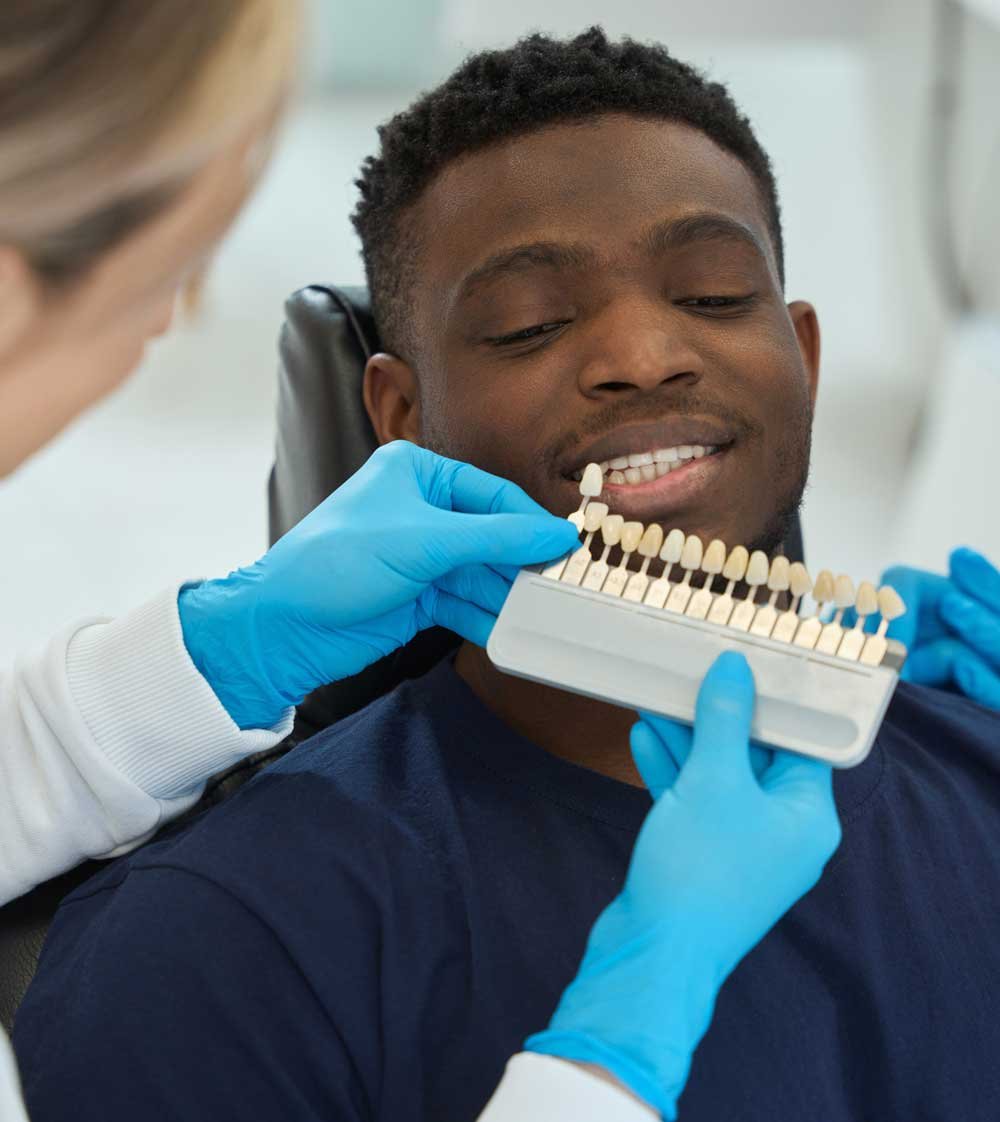Lately, the field of dentistry has seen a significant transformation, combining art and science to enhance patient care. Current dental treatments are not just about fixing problems; they emphasize improving overall oral health, aesthetics, and patient comfort. From advanced imaging techniques to innovative materials, today's dental practices employ cutting-edge technology to deliver high-quality results that were once unimaginable.

Patients can currently expect a customized approach to their dental care, as practitioners are equipped with a wealth of information and tools that allow for individualized treatment plans. Whether you are considering routine care like cleanings and fillings to challenging procedures such as implants and cosmetic enhancements, understanding the newest advancements can empower patients to take informed decisions about their dental health. This article will explore the multiple modern dental treatments available and provide insight into what you need to know to maintain a radiant and healthy smile.
Overview of Contemporary Dental Treatments
Current dental treatments have progressed notably throughout the years, integrating advanced technologies and novel techniques that improve both the efficacy and comfort of procedures. Today, dentists use a range of instruments, from digital imaging to laser technology, which does not just boosts diagnostics but also streamlines treatment processes. As a result, patients can anticipate more rapid, gentler procedures that lead to faster recovery times compared to traditional methods.
One of the notable advancements in dental treatments is the rise of cosmetic dentistry. Treatments such as teeth whitening, veneers, and bonding address the aesthetic desires of patients, allowing them to achieve their desired smiles. Furthermore, the integration of 3D printing in fabricating dental implants and restorations has revolutionized how dentists approach complex restorations, ensuring a high level of precision and customization tailored to each patient's individual dental structure.
Additionally, modern dental treatments emphasize a strong focus on preventive care. Regular check-ups and cleanings, along with the use of advanced diagnostic tools like digital X-rays, aid in identifying potential issues before they escalate. This proactive approach not only benefits oral health but also contributes to holistic well-being, as research continues to demonstrate the connection between oral health and systemic health. By adopting both technological advancements and preventive strategies, modern dentistry significantly improves patient experiences and outcomes.
This Study Behind Oral Advancements
The field of dentistry has seen significant advancements thanks to the integration of scientific research and tech advancements. A notable development is the creation of contemporary visualization techniques, such as digital X-rays and 3D cone computed tomography. These technologies allow for exceptionally precise visualization of dental structures, which makes it easier for dental professionals to identify issues promptly and accurately. This improved accuracy in imaging has changed planning for treatments, enabling more effective treatment options and improved patient outcomes.
Another area where scientific research plays a key part is in the substances used for dental treatments. Developments like composite materials, ceramic materials, and biocompatible materials are created to simulate the properties of real teeth while providing superior strength and longevity. These substances are often less invasive and can adhere more effectively to the structure of teeth, leading to a more natural look and longer-lasting fixes. Studies in biomaterials continues to develop, improving the quality of tooth restorations and reducing the chances of complications.
Lastly, the use of lasers has transformed numerous dental procedures by offering minimally invasive options that lessen pain and the time needed for recovery. Lasers can be employed for a number of procedures, including cavity removal, gum contouring, and teeth whitening. The precision of this technology results in less damage to nearby tissues and enables better managed and efficient treatments. As ongoing studies explores further uses for lasers in dentistry, patients can expect enhanced and effective dental care in the future.
Individual Journey and Care in Oral Health
Client satisfaction in modern dentistry has advanced drastically, emphasizing relaxation and confidence. Dental clinics are configured to create a tranquil atmosphere, often showcasing gentle tones, relaxing furniture, and advanced technology. This ambiance aims to lessen nervousness associated with dental visits, making patients feel more relaxed before and during treatments. Additionally, staff training focuses on empathy and dialogue, ensuring that clients feel heard and appreciated throughout their dental care process.
Furthermore, the implementation of technology such as digital imaging and virtual consultations boosts user participation. citydent.lt allow individuals to gain insight into their dental health and treatment possibilities, encouraging a collaborative approach to service. By providing clear explanations and diagrams, dental professionals help demystify procedures, enabling individuals to take an participatory role in their oral health decisions. This openness contributes to higher patient happiness and trust in their healthcare providers.
Finally, ongoing aftercare and patient support are essential components of current dental services. Many clinics now offer ongoing post-treatment communication, allowing patients to ask questions and discuss any issues after their procedures. This continued care highlights the importance of oral health maintenance and helps in identifying any issues early. By focusing on patient experience and care, current dentistry is not only enhancing clinical results but also establishing lasting bonds between individuals and their oral health providers.
